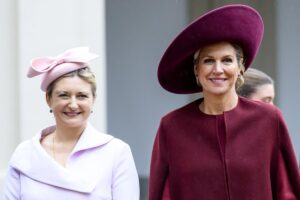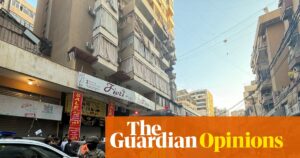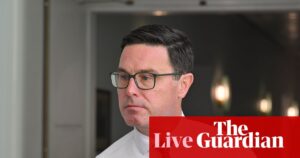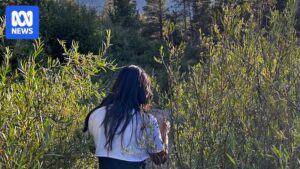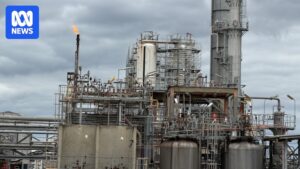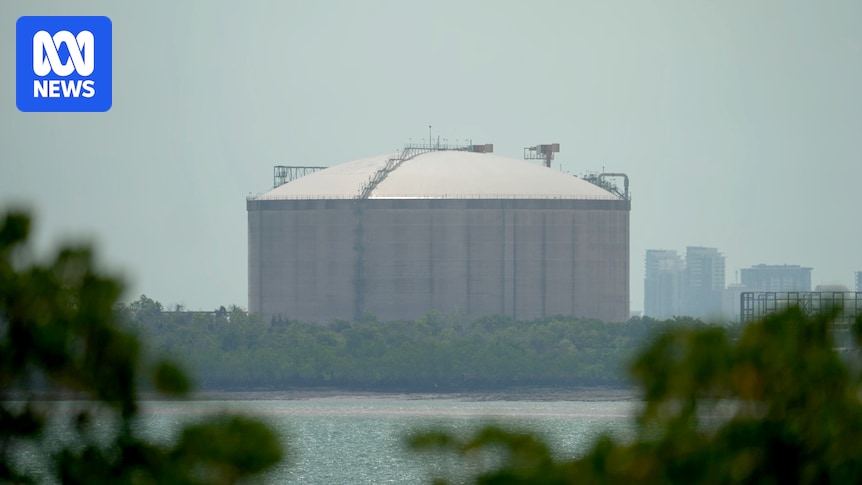
Santos has successfully circumvented additional carbon pollution costs at its Darwin gas plant by arguing that enforcing “international best practice” on emissions at the aging facility would pose an “intolerable risk” to the company. This revelation comes from documents released under the Freedom of Information Act, highlighting the company’s concerns about achieving net zero emissions as part of its Barossa gas project in the Timor Sea.
The documents reveal that Santos exploited what environmental law expert Andrew Macintosh described as a legal “loophole” in federal regulations. This allowed the company to avoid the financial burden of offsetting millions of tonnes of carbon emissions annually at the Darwin facility. A significant methane leak at the plant, which was exposed by the ABC last month, has been labeled a “national scandal” by Canberra crossbenchers and environmentalists. It was also cited as a contributing factor in the collapse of the largest foreign cash takeover in Australian corporate history.
Background on the Barossa Project
The Barossa project has faced criticism from federal crossbenchers and environmentalists, who describe it as one of the “dirtiest gas fields in Australia” due to its high carbon dioxide concentration. Despite these concerns, the Darwin plant received approval for a life extension until 2050, even though the methane leak, averaging 95 kilograms per hour over 14 years, remains unresolved. This leak contributes more than 291,000 tonnes of CO2 annually, although it accounts for only 1.35% of the plant’s total emissions.
Legal Loopholes and Regulatory Challenges
In January last year, Santos communicated with federal environment officials, expressing concerns that the Clean Energy Regulator might impose net zero emissions on the Darwin plant if it was treated as a “combined asset” with Barossa. Under the Albanese government’s “safeguard mechanism,” new gas fields like Barossa must begin with net zero emissions, requiring operators to purchase carbon credits. However, existing facilities can start with their reported emission levels as a baseline.
Santos’s former head of external affairs, Robert Malinauskas, noted in an email that the regulator had the discretion to determine if the production variables should align with international best practice for a potential combined Barossa/DLNG asset. He suggested that without government and regulator confirmation, Santos had “no option but for Barossa to be a new project,” thus treating the Darwin plant as a separate entity for emissions reporting.
Environmental and Political Reactions
Kirsty Howey, executive director of the Environment Centre Northern Territory, criticized Santos’s approach, stating, “If anything poses an intolerable risk, it’s Santos’s dirty Barossa project and the leaky tank.” She emphasized that nothing less than international best practice should apply to such a significant environmental concern.
Robert Malinauskas, who left Santos in April last year, is the brother of South Australian Premier Peter Malinauskas. The Premier recently sparked controversy by publicly supporting a proposed Santos project in New South Wales, angering traditional owner opponents. A spokesperson for the Premier defended his stance, highlighting the importance of additional domestic gas supply for securing the future of the Whyalla Steelworks and decarbonizing iron production.
Implications of Regulatory Loopholes
Santos’s maneuver to sidestep carbon costs at its Darwin plant, while lawful, underscores a “loophole” in federal regulations, according to Australian National University environmental law professor Andrew Macintosh. He pointed out that the policy’s allowance for facility separation might clash with public expectations regarding gas processing treatment.
“It’s perfectly consistent with what the policy is — but it creates a loophole, particularly relative to most people’s expectations about how gas in this plant would be treated,” Macintosh stated.
The Clean Energy Regulator (CER) clarified that companies must define their corporate groups and facility boundaries under their control. The CER may investigate facility definitions to ensure compliance with legislation, considering individual circumstances during assessments.
Controversy Over CEO Bonus
The Clean Energy Regulator faced criticism for referencing a $6 million bonus tied to Santos’s CEO Kevin Gallagher, contingent on the Barossa project’s outcome. FOI documents revealed that a regulator staffer suggested noting the bonus in internal reports. Ms. Howey questioned the relevance of Gallagher’s bonus to the regulator’s oversight of Santos’s emissions.
Professor Macintosh deemed the bonus reference “utterly inappropriate” for regulatory consideration. The CER defended its actions, stating that understanding external drivers motivating regulated entities is part of its strategic scanning activities. This awareness helps the CER anticipate behaviors and identify emerging issues that may require regulatory adaptation.
As the situation unfolds, the scrutiny of Santos’s environmental practices and regulatory compliance continues to attract national attention, raising questions about the balance between economic interests and environmental responsibility.
